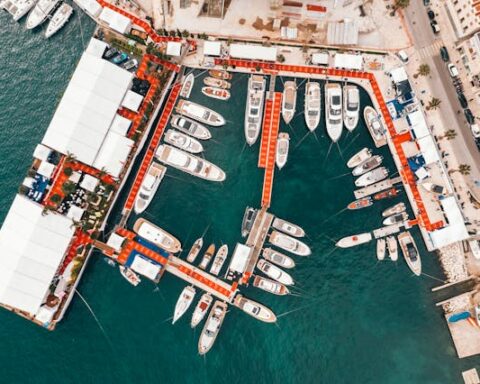If you’re passionate about diving and looking to advance your skills, understanding the differences between the PADI Advanced Open Water and Basic Open Water certifications is crucial. While both certifications offer invaluable experiences, the PADI Advanced Open Water course takes your diving to a whole new level. Here are seven key differences between the PADI Advanced Open Water and Basic Open Water courses.
1. Course Objectives
The primary goal of the Basic Open Water course is to teach you the fundamental skills and knowledge required for safe diving. In contrast, the PADI Advanced Open Water course aims to refine those skills and introduce you to more challenging diving environments. The advanced course is designed to enhance your confidence and expand your diving abilities through various specialized dives.
2. Prerequisites
To enroll in the Basic Open Water course, you need to be at least 10 years old and have adequate swimming skills. The Advanced Open Water course requires you to have completed the Basic Open Water certification. This ensures that you have the foundational skills necessary to tackle more advanced diving scenarios.
3. Course Structure
The Basic Open Water course consists of three main components: knowledge development, confined water dives, and open water dives. The Advanced Open Water course is more flexible and includes five adventure dives. These dives typically cover deep diving and underwater navigation, along with three elective dives based on your interests.
4. Dive Depth
With a Basic Open Water certification, you’re qualified to dive to a maximum depth of 18 meters (60 feet). The PADI Advanced Open Water course increases your depth limit to 30 meters (100 feet). This added depth allows you to explore more complex and exciting underwater environments.
5. Specialized Skills
The Advanced Open Water course introduces you to specialized diving skills that go beyond the basics. These skills include night diving, wreck diving, and underwater photography. Learning these specialized skills not only enhances your diving experience but also opens up new diving opportunities.
6. Course Duration
The Basic Open Water course typically takes three to four days to complete. The Advanced Open Water course can often be completed in just two days, as it builds on the knowledge and skills you’ve already acquired. The shorter duration makes it easier to fit into your schedule.
7. Certification Benefits
While the Basic Open Water certification allows you to dive independently with a buddy, the PADI Advanced Open Water certification is recognized worldwide and can make you more attractive to dive operators. It signifies a higher level of competency and prepares you for more advanced diving courses, such as rescue diver or divemaster training.
Enrolling in the PADI Advanced Open Water course is a natural progression for those who wish to enhance their diving skills and explore new underwater frontiers. The advanced certification not only broadens your diving capabilities but also enriches your overall diving experience. Whether you’re looking to dive deeper, explore shipwrecks, or simply gain more confidence underwater, the PADI Advanced Open Water course is a gateway to exciting underwater adventures.













